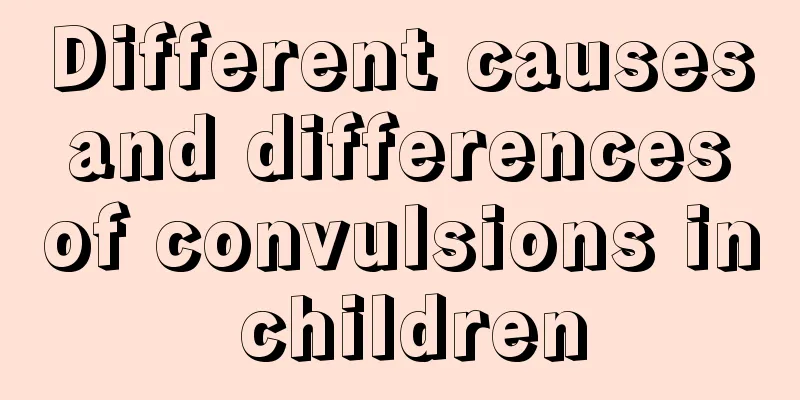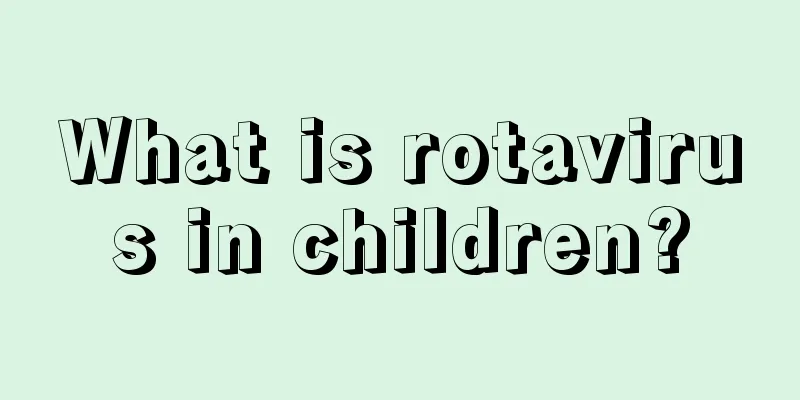What medicine should babies take for urinary tract infection

|
Because children's physical development is not yet complete and their constitution is relatively weak, the incidence of diseases will increase, especially high-incidence diseases such as urinary tract infections. If a child has a urinary tract infection and is not treated in time, the condition will become more serious and may even cause kidney failure. There are currently many types of drugs for treating urinary tract infections, but because these are young children, they need to be chosen with caution. What medicines are used to treat urinary tract infections? Urinary tract infections include pyelonephritis, cystitis, and urethritis. Infections in childhood are rarely confined to a certain part of the body. Infants and young children wear open-crotch pants, especially girls whose urethras are short, making it easy for bacteria to enter, making them more susceptible to urinary tract infections. Acute symptoms include fever, fear of cold, frequent urination, and painful urination. Smaller infants sometimes experience abdominal pain, diarrhea, or jaundice; older children may also experience pain or fullness in the kidneys on both sides. In addition to paying attention to rest, drinking plenty of water, urinating frequently, and paying attention to nutrition, antibiotics should be used for treatment for 7 to 10 days, which can generally be a thorough and effective treatment. For recurring urinary tract infections, it is necessary to find out the cause. First, do urine culture. Some bacteria such as Pseudomonas aeruginosa, Proteus or mixed infections of several bacteria often become chronic and recur multiple times. Most mild chronic infections have no obvious symptoms, sometimes with intermittent fever, anemia, and a large number of white blood cells or pus cells in routine urine examination. Because the disease progresses slowly, it is not easy to attract the attention of parents. If it is not treated promptly, thoroughly and effectively, it can damage the kidneys and seriously impair kidney function. For such sick children, antibiotics should be selected based on urine culture results and drug sensitivity. The treatment time should be 3 to 6 months or even longer, which is often overlooked by some parents. For most children, the urine can return to normal after two to three weeks of medication, but some may need six to eight weeks. Improvement can only be achieved if the urine is normal after multiple tests and bacterial cultures are negative for two consecutive weeks after stopping the medication. Because this disease is prone to relapse, urine should be checked every three to six months within two years. Children with multiple relapses, especially boys, should be further examined for urethral malformations. For patients with relapse, the treatment time needs to be extended and the medication must be continued for three to four months. |
<<: What causes low blood pressure in children?
>>: Symptoms of urinary tract infection in girls
Recommend
White sediment in children's urine
If there is white sediment in the child's uri...
What are the symptoms of blood heat in children?
Blood heat is a term originally used in Tradition...
What to do if your baby has coffee spots on his face
Before every baby is born, parents are always ful...
Neonatal hemolytic disease: good nursing measures are the key
If a newborn develops hemolytic disease, it will ...
What are the symptoms of mentally retarded children?
Intellectual disability is not a good word, it me...
What are the recipes for 27-month-old babies?
With the continuous improvement of living conditi...
Why is the child's hair yellow?
It can be said that most children in today’s soci...
What causes yellow eyes in babies?
The health of the baby is what parents are most c...
What should babies eat when they have oral ulcers and fever?
Having oral ulcers is a very painful thing, espec...
Baby has diarrhea and sour smelly stool
Babies often suffer from the adverse reaction of ...
Newborn baby has a red spot on the face?
As we all know, babies' skin is very delicate...
What is the weight gain pattern of infants and young children?
The weight gain of infants and young children ref...
What should newborns eat for indigestion?
Newborn indigestion can be mainly seen from the b...
What should I do if my newborn baby doesn’t poop for two days?
Are there any mothers who have had the experience...
When does the hair on the baby's ears fade away?
After the baby is born, there will be a lot of ha...









